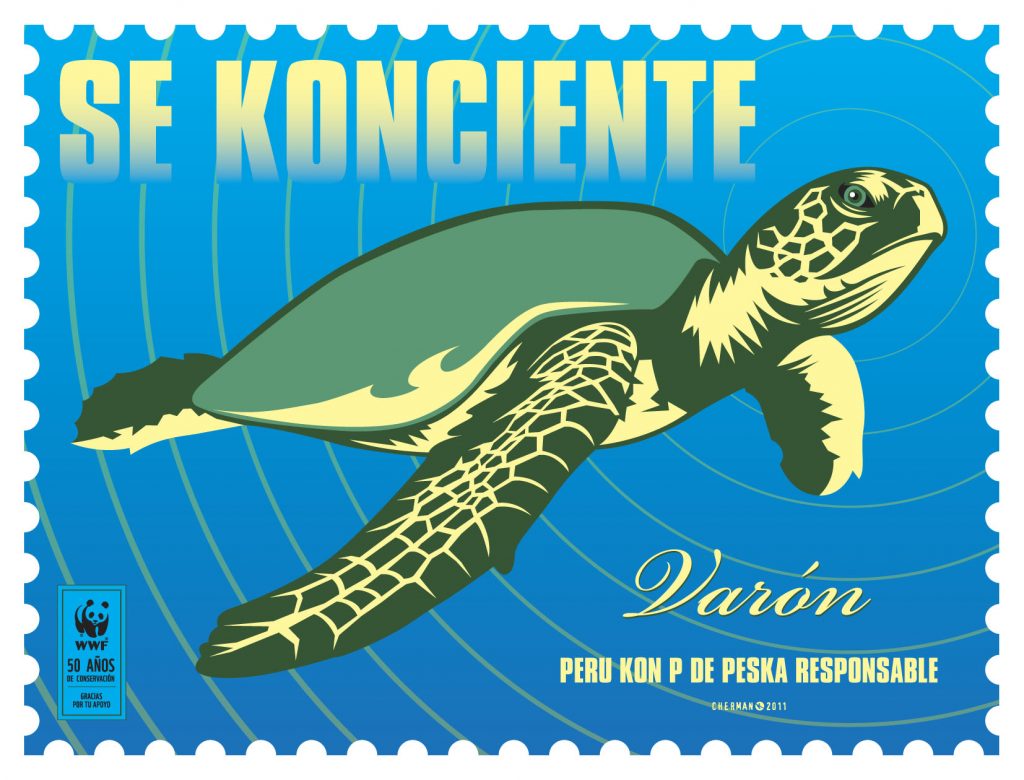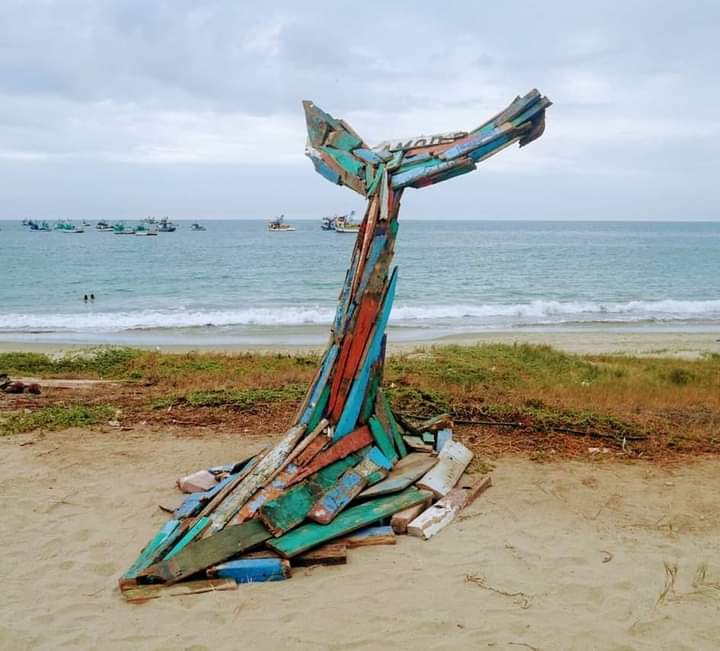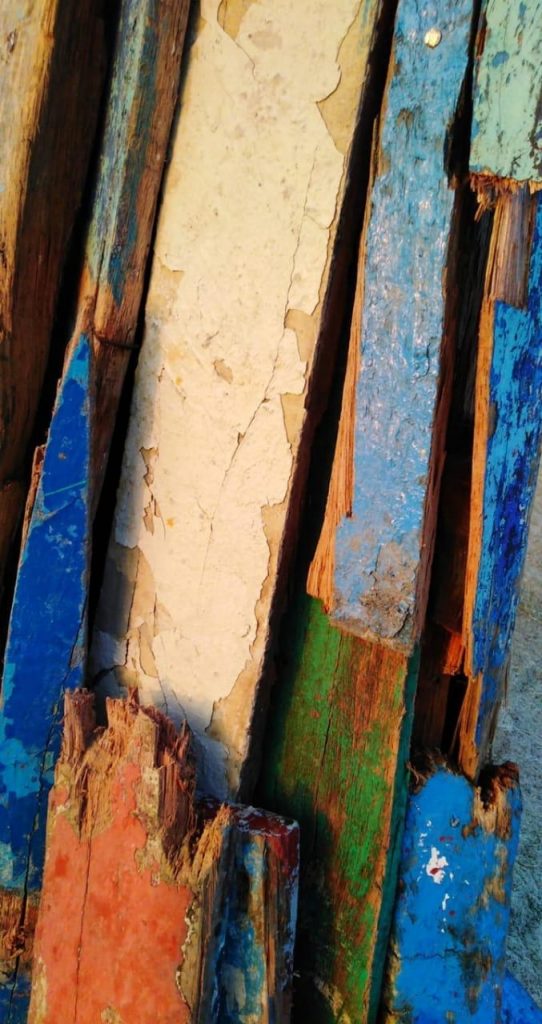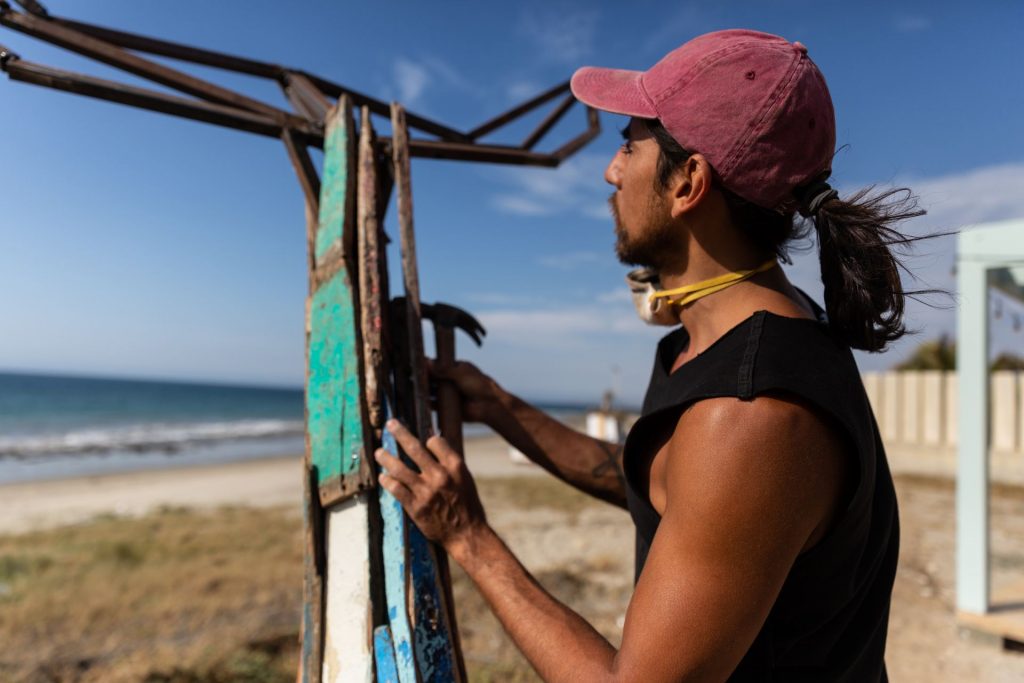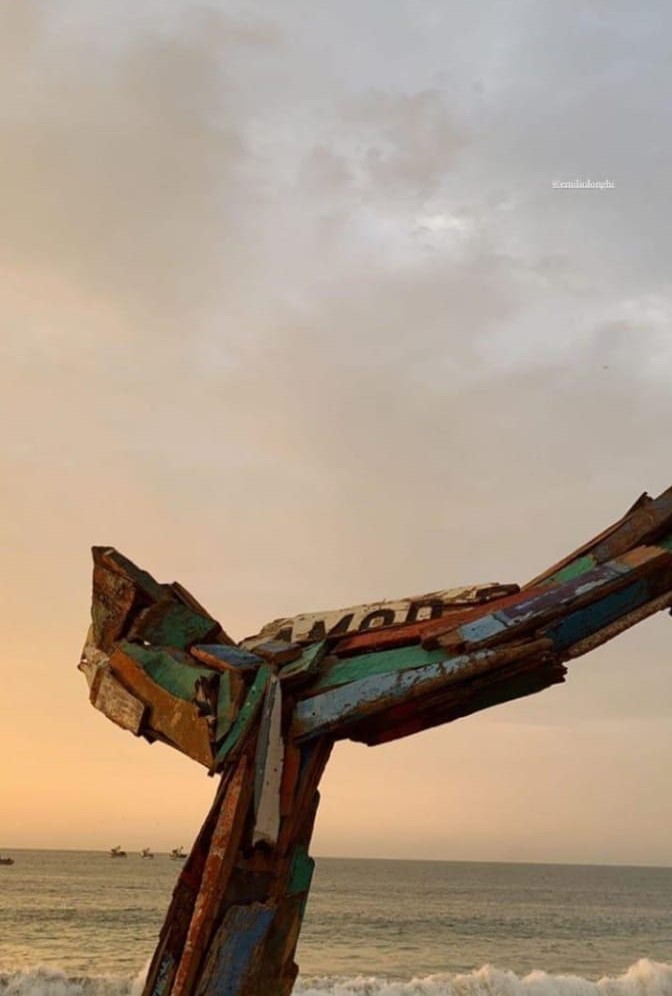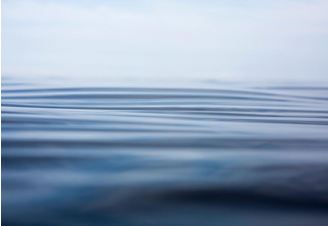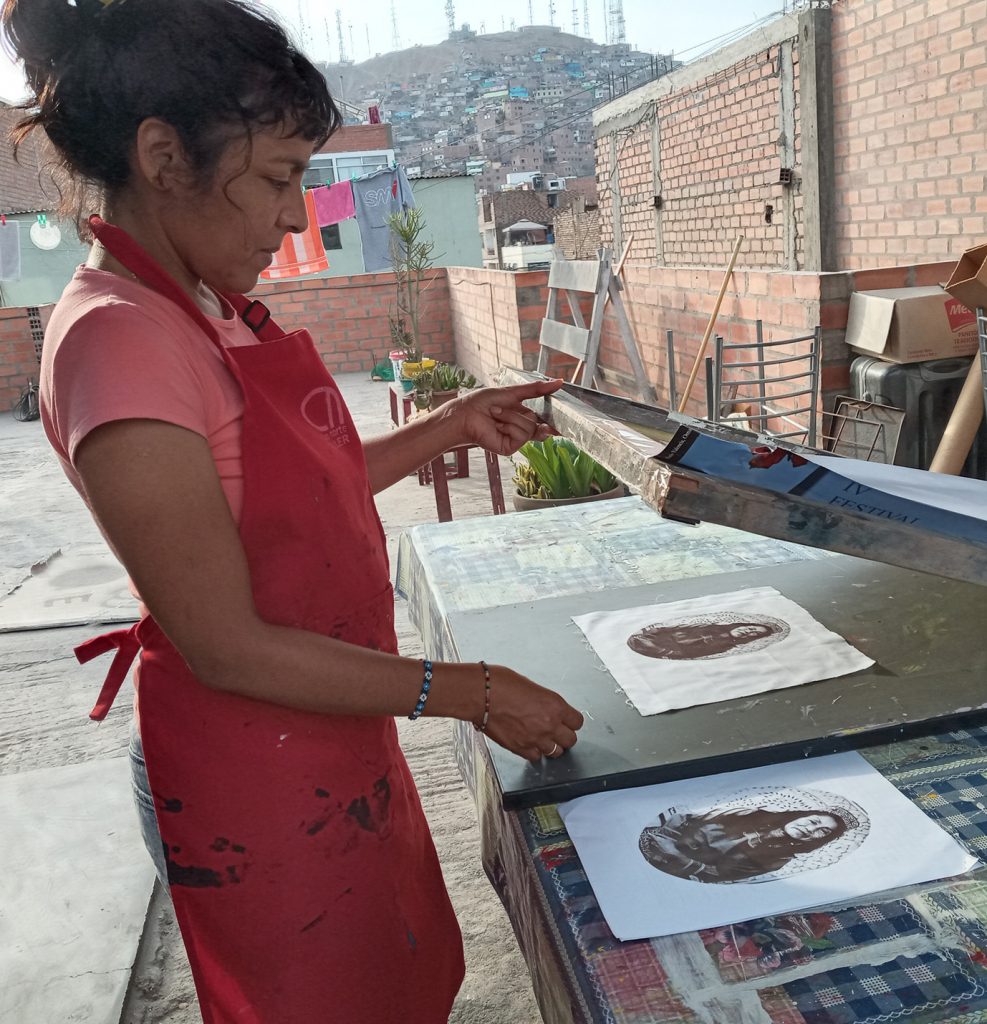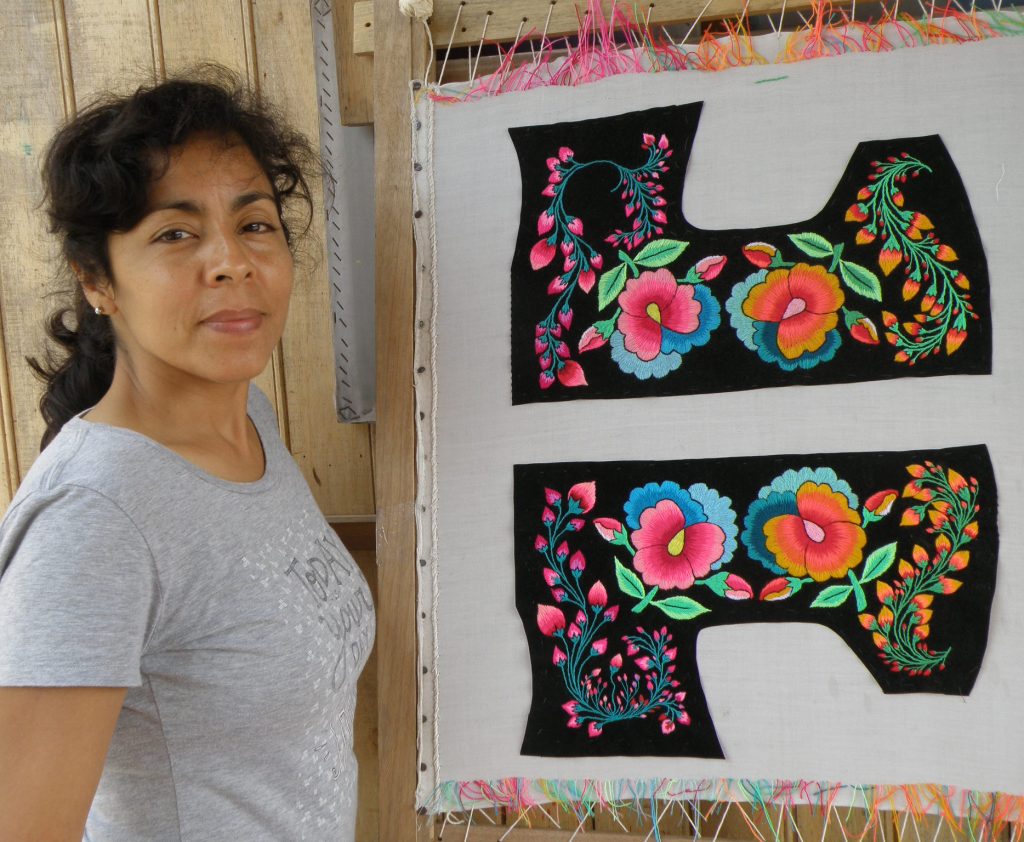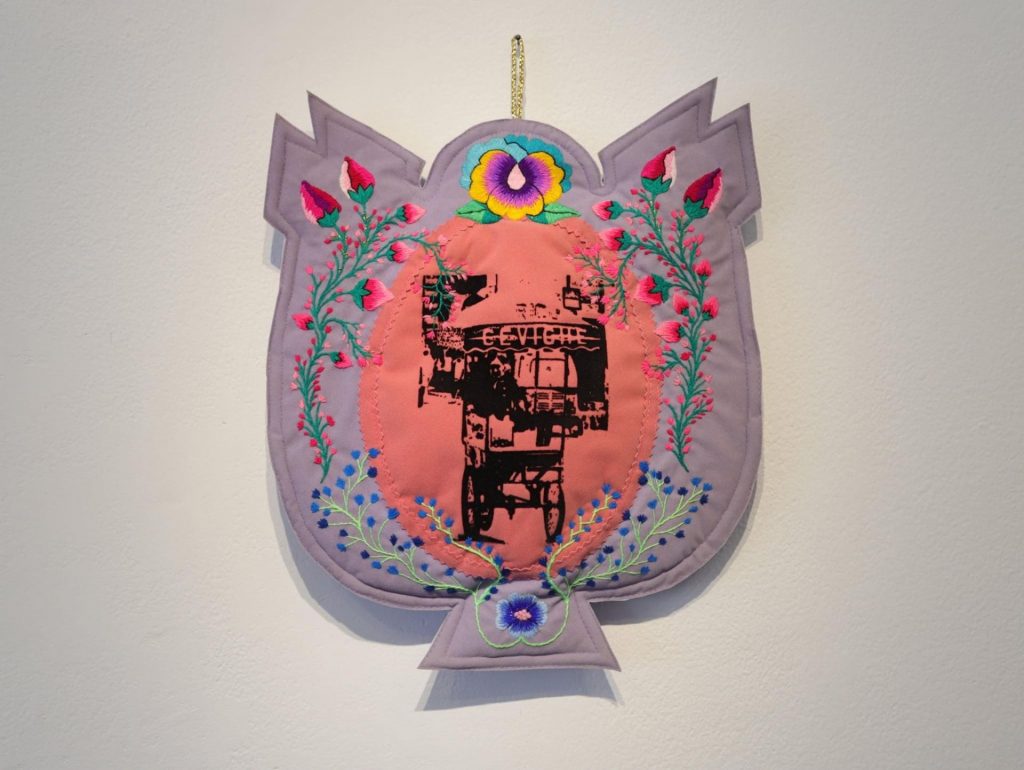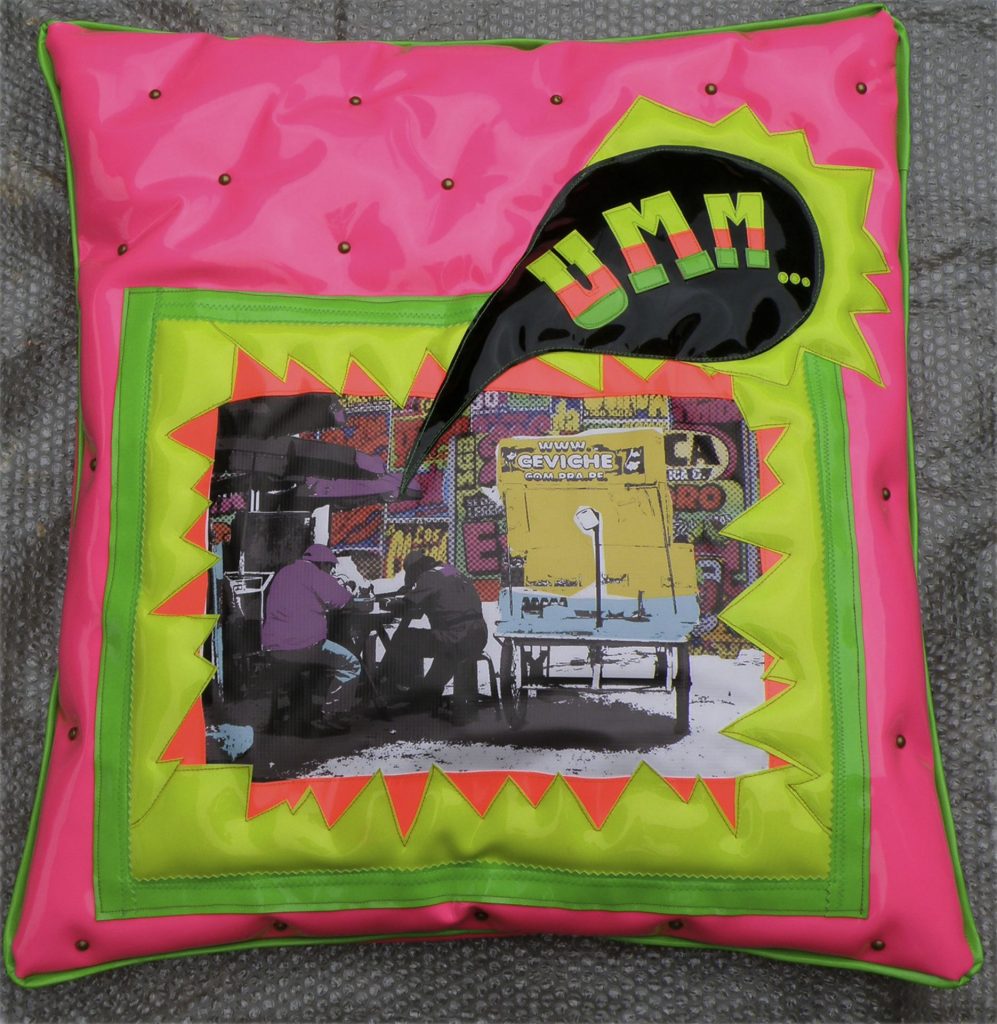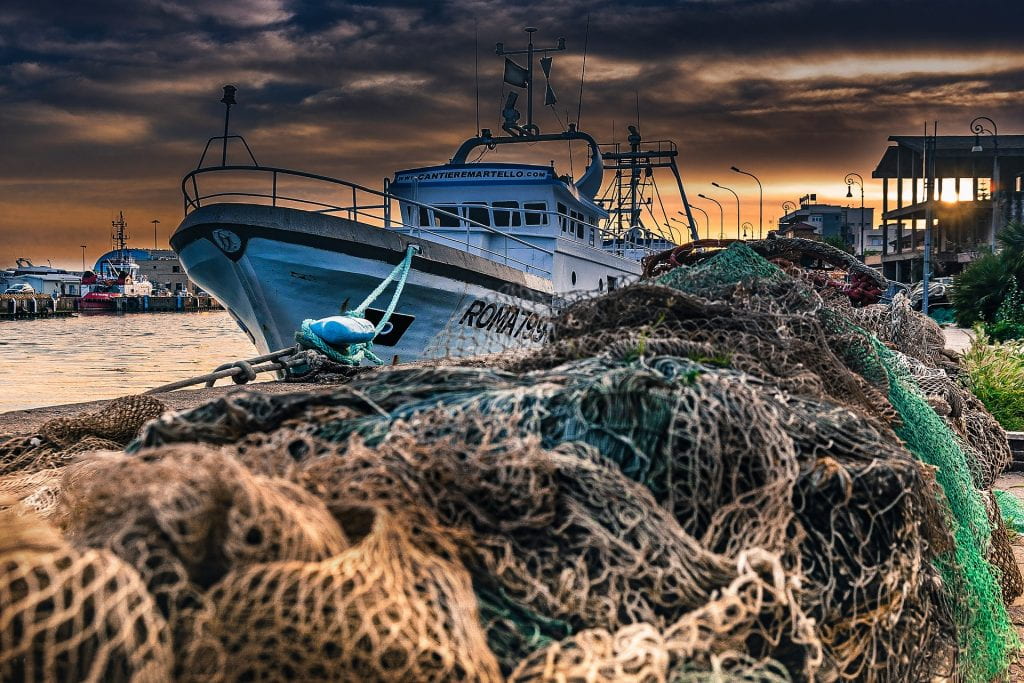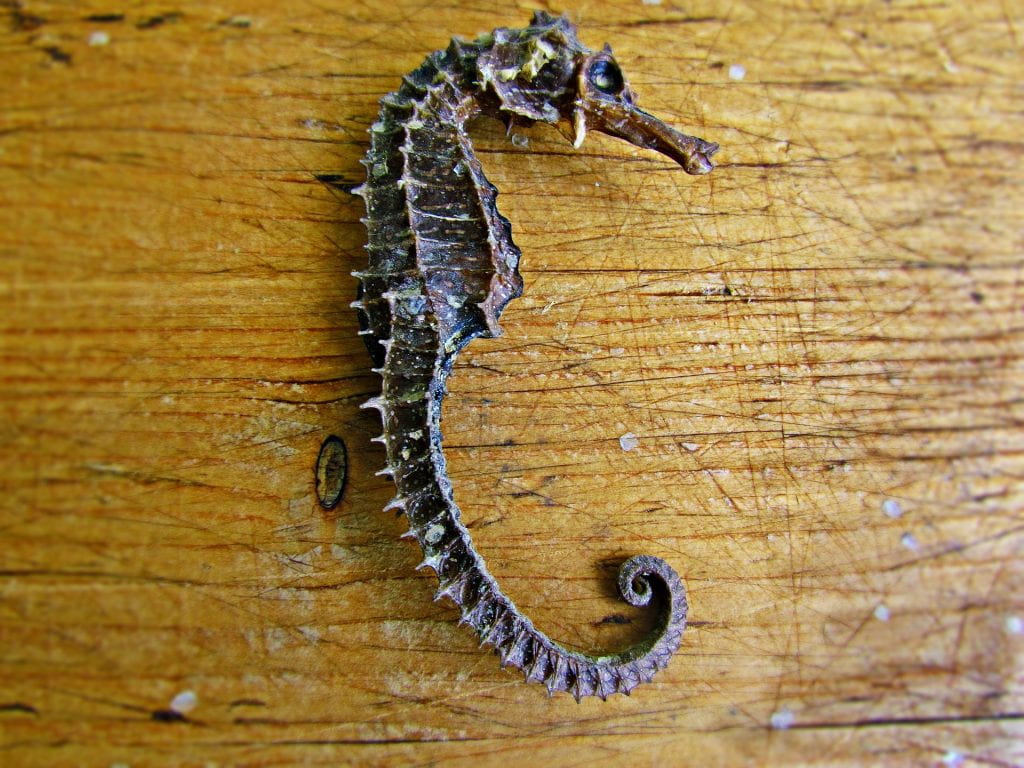“Ichma was a lost coastal culture of Lima, but through art we sought to rescue some of their influences”
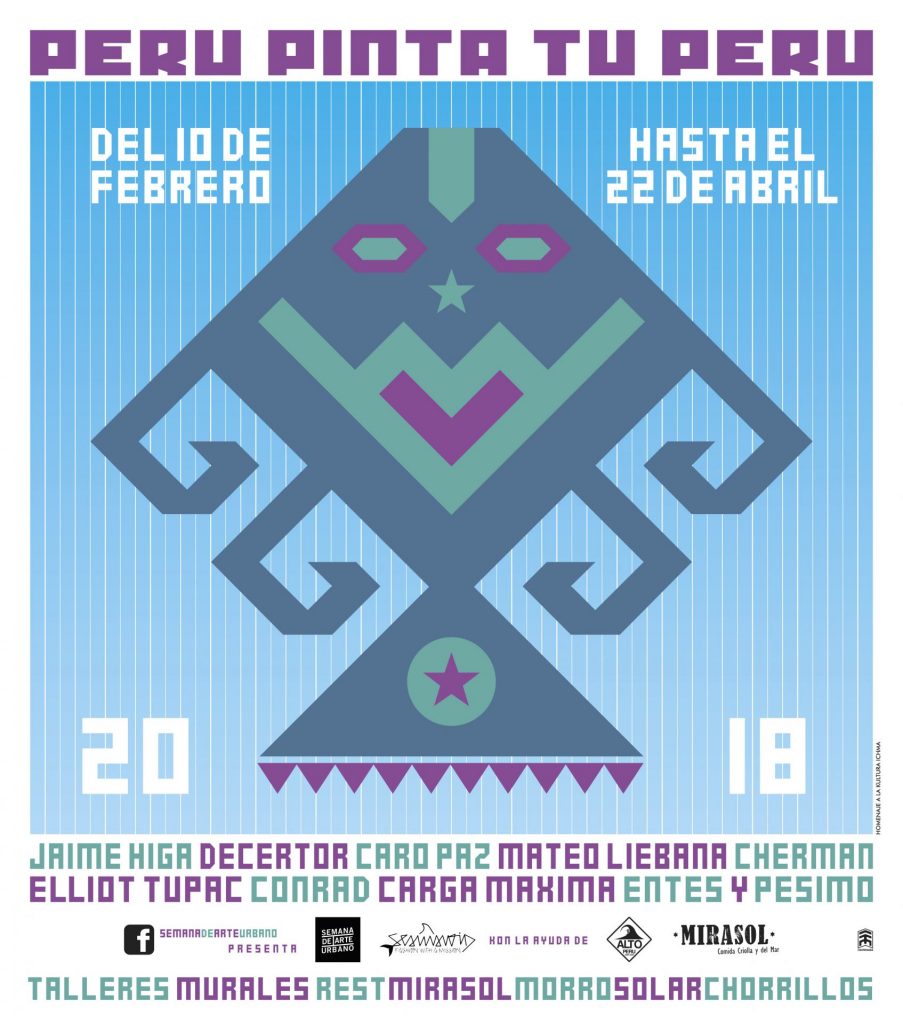
I created this image of the Manta Ray for the ‘Week of Art’ in Lima, which also meant to contribute to a wider social movement that was taking place within the Alto Peru neighbourhood, using the pre-Colombian Ichma culture as inspiration.
Not many people know about them, but the Ichma had a culture like the Nazca, Paracas, Chavín etc. They were supposed to live in the Chorrillos district of Lima, or in the area of Alto Peru. Although the Ichma is not so well known, we have a lot of cultures other than the Incas. From an outside perspective you might see the Inca as the image that we sell about ourselves, like that you should visit Machu Pichu and that. But when you are in the country you can see that there is so much pre-Colombian culture, and the campaign was also to try and tell people about this Ichma culture that existed before in Alto Peru.
This is a very risky neighbourhood, where there used to be a lot of thieves and criminals living there. It is very poor, and you can see a big economic divide. But a movement began to try to improve the conditions for the people living there, through projects like the creation of a Muay Thai gym and artistic workshops for the young people. Of course, though this area used to belong to the Ichma people, now in Alto Peru they don’t have any idea about this ancestry, so we tried to help support this by designing murals of graffiti art all about Ichma culture throughout the neighbourhood. We gave all this artistic information to the local artists so they could continue, though sadly the municipality painted over it all after two years. There are no real connections between the municipality and artistic movements that are changing things for the better. Well, we can always paint again and again!
As I said, Ichma is something that doesn’t exist for Limeña people, so with another artist I decided to make something based on their art to include within a call for other artists to add to this project. We went to museums where they have some Ichma history, and we tried to make a connection with some people from Chorrillos who are making several research projects and developing some new information about this culture. These ideas about history were my inspiration, as well as the connections that I made with people who are working to try and preserve the Ichma culture.
Working alongside a historian friend, we went to some of these museums to see Ichma relics, and there I saw the original manta ray on a textile. The textile was kind of broken, but I could still see how beautiful it was and the historian told me a lot about it. I just loved it, so I started to develop the graphic!
It can sometimes be a bit complex for me to develop this style because I am an old-fashioned graphic designer. For that reason, I tried to avoid using inspiration from jungle art, for example, as they use so many geometric patterns, whereas for me I feel like this design is a mixture of architecture and mathematics. So, to do this I made like a grid with measurements and then point by point I develop the design, trying to make it all logical and perfect using these isometric symbols. That’s how I developed the Ichma manta ray, and I felt very proud of this design afterwards because the colours, and design, and the shape was very beautiful! Maybe it was because of the colours or the form, but everyone who saw this design knew for sure that it was a version of something pre-Colombian, and it had a good impact for that reason.
In my work I always try to work within the collective memory, though I never had the chance before to produce a piece about a pre-Colombian coastal culture!
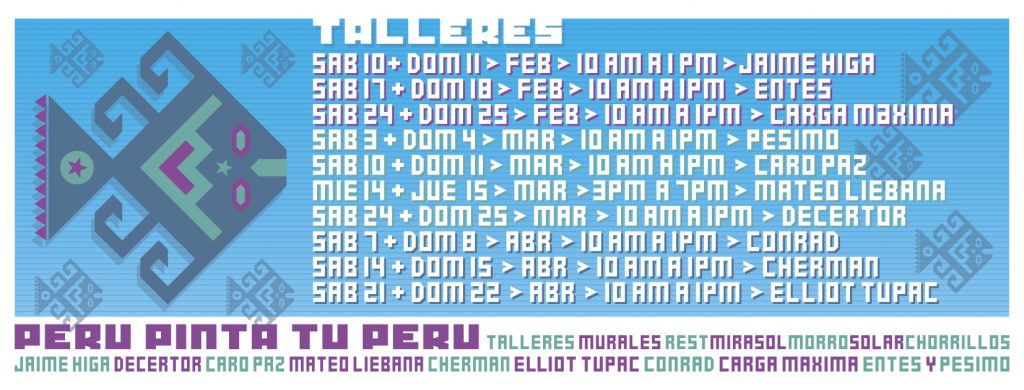
Cherman is represented by BLOC ART


